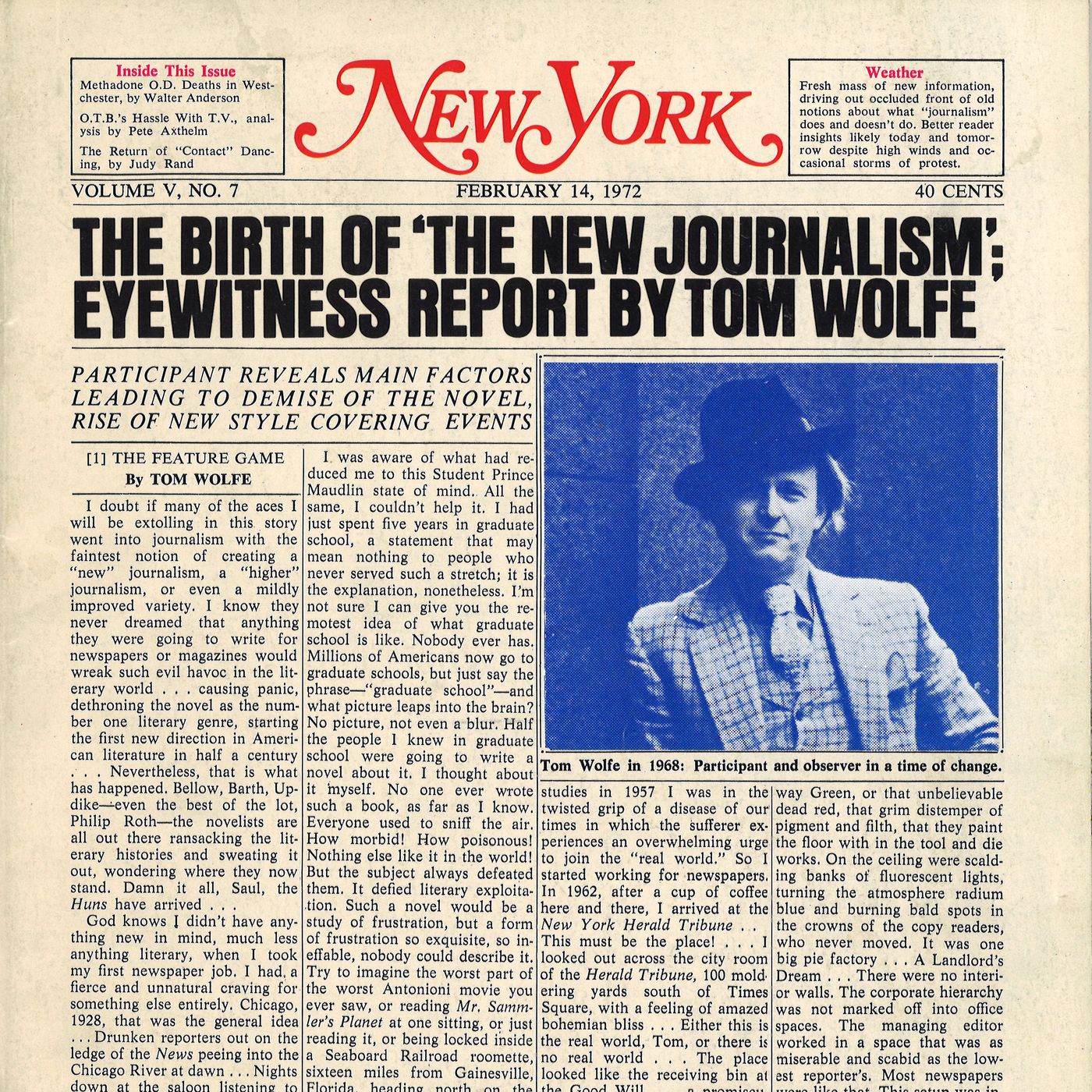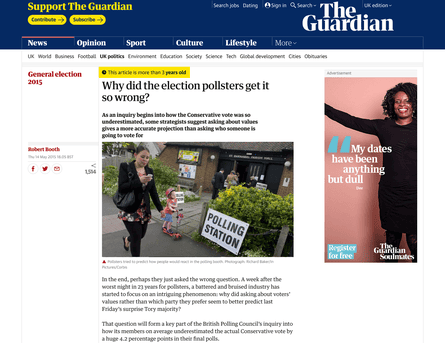The Of News Articles
The Of News Articles
Blog Article
All about News Articles
Table of ContentsNot known Incorrect Statements About News Articles Not known Factual Statements About News Articles Facts About News Articles RevealedSome Known Incorrect Statements About News Articles News Articles - An Overview
Excellent understanding of various subjects provides students a competitive side over their peers. Despite the fact that digital and social media sites are readily accessible, we need to not fail to remember exactly how crucial it is to read the newspapers. Moms and dads must attempt and inculcate the behavior of checking out a newspaper as a daily routine to proceed the tradition of the adored print medium.Information tales additionally contain at the very least one of the complying with essential features relative to the designated audience: proximity, prominence, timeliness, human interest, curiosity, or effect. The related term journalese is often made use of, usually pejoratively, to refer to news-style writing. An additional is headlinese. Papers typically abide by an expository writing design.
Within these limits, news stories additionally aim to be extensive. Among the bigger and more revered newspapers, justness and equilibrium is a significant aspect in providing details.
Papers with a global audience, for example, have a tendency to use a more formal style of creating. News Articles.; usual design guides include the and the US News Design Publication.
How News Articles can Save You Time, Stress, and Money.
As a regulation, reporters will not make use of a lengthy word when a short one will do. They utilize subject-verb-object construction and dazzling, energetic prose (see Grammar). They supply anecdotes, instances and metaphors, and they seldom rely on generalizations or abstract concepts. News writers try to avoid using the same word extra than when in a paragraph (sometimes called an "echo" or "word mirror").
Nonetheless, headings in some cases omit the topic (e.g., "Jumps From Watercraft, Catches in Wheel") or verb (e.g., "Pet cat female lucky"). A subhead (also subhed, sub-headline, subheading, subtitle, deck or dek) can be either a secondary title under the major headline, or the heading of a subsection of the post. It is a heading that comes before the major text, or a team of paragraphs of the major message.

Additional signboards of any of these types may appear later on in the short article (especially on succeeding web pages) to tempt additional reading. Such signboards are likewise used as pointers to the write-up in other areas of the publication or site, or as promotions for the piece in various other publication or websites. Regular structure with title, lead paragraph (recap in bold), various other paragraphs (information) and get in touch with info.

Instance of a hard-lead paragraph NASA is proposing another space project. The agency's spending plan request, Our site announced today, consisted of a strategy to send out another goal to the Moon. This time This Site the agency wants to develop a long-term center as a jumping-off point for other room journeys. The budget requests approximately $10 billion for the project.
The NASA statement came as the agency asked for $10 billion of appropriations for the job. An "off-lead" is the second most vital front page information of the day. The off-lead shows up either in the leading left corner, or straight below the lead on the right. To "hide the lead" is to start the short article with background details or details of additional importance to the viewers, requiring them to find out more deeply right into a post than they ought to have to in order to find the vital points.
The Definitive Guide to News Articles
Usual usage is that or two sentences each form their own paragraph. Reporters normally define the company or structure of a newspaper article as an inverted pyramid. The necessary and most interesting aspects of a tale are put at the beginning, with sustaining info following in order of lessening importance.
It permits people to check out a subject to just the deepness that their inquisitiveness takes them, and without the imposition of details or nuances that they could consider unimportant, however still making that info available to extra interested viewers. The upside down pyramid framework additionally makes it possible for articles to be cut to any kind of approximate size during format, to suit the room readily available.
Some authors begin their tales with the "1-2-3 lead", yet there are lots of type of lead offered. This style invariably starts with a "5 Ws" opening up paragraph (as explained above), complied with by an indirect quote that serves to support a major component of the initial paragraph, and after that a direct quote to support the indirect quote. [] A twist can describe several things: The last tale current broadcast; a "pleased" story to finish the show.
Longer write-ups, such as publication cover short articles and the items that lead the within sections of a paper, are understood as. Feature tales differ from straight information in a number of ways. Foremost is the lack of a straight-news lead, most of the moment. As opposed to offering the significance of a story up front, function writers may try to tempt visitors in.
Facts About News Articles Uncovered
A function's initial paragraphs typically connect an intriguing minute or event, as in an "unscientific lead". From the particulars of an individual or episode, its sight swiftly widens to abstract principles concerning the tale's topic.

The Editor's Toolbox: A Reference Overview for Beginners and Professionals (2001) Allan M. Siegal and William G. Connolly. The New York Times Guidebook of Style and Use: look at this website The Official Design Guide Made Use Of by the Writers and Editors of the World's Most Authoritative Paper (2002) M. L. Stein, Susan Paterno, and R.
Report this page